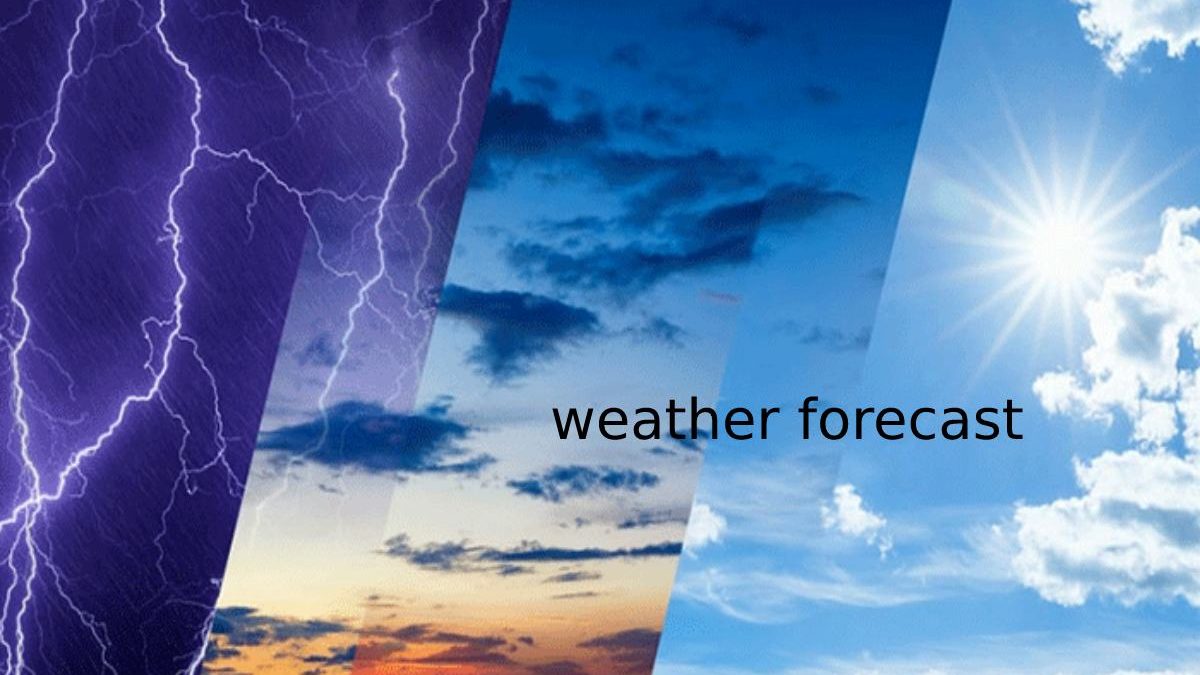Table of Contents
Weather Forecast?
Weather Forecast Should you wear a raincoat or sweater today? Should you go to the office or work from home? These are all simple questions that we can perhaps only answer with the help of a weather forecast. When dangerous weather conditions like hurricanes or snowstorms strike, our decisions about what to do and what not to do can often mean the difference between life and death.
Weather forecasting predicts what the atmosphere will be like in a specific place by using technology and scientific knowledge to make weather observations. In other words, it’s a way to predict things like cloud cover, rain, snow, wind speed, and temperature before they happen.
Weather Forecast Tools
Meteorologists use all possible tools to achieve this goal. We have instruments called barometers to measure air pressure, radars to estimate the location and speed of clouds, thermometers to measure temperature, and computer models for processing the data collected by these instruments.
However, to date, very experienced humans are still better at predicting the weather than computer models alone, as humans are often involved in choosing the most appropriate model for a situation.
The main ways we can predict the weather are by looking at current weather conditions, tracking the movement of air and clouds across the sky, finding past weather patterns similar to current ones, examining changes in barometric pressure, and running models. of the computer
Types of weather forecasts
There are four main types of weather forecasts that we will discuss in this lesson: short, medium, long, and long-range hazardous weather forecasts.
Short-term predictions are predictions made one to seven days before they occur. Medium-term forecasts are usually made one to four weeks in advance. Long-term projections complete one month and one year in advance. The further the future estimates, the harder it is to be sure.
Longer-term forecasts are only meaningful if the forecaster states how likely they think the prediction is correct. Is cal the confidence level? For example, a forecaster might predict rain next Tuesday with a 90% confidence level. Short-term forecasts are much more accurate than medium or long-term forecasts.
The accuracy of the weather forecast also depends on the location.
There are places where the weather hardly changes from one day to the next, especially at the equator and at the North and South Poles. However, in the middle latitudes, two days can have completely different weather conditions since.
in these areas, the polar winds meet the tropical breezes and create unstable air pressure. These changing weather conditions known as depressions.
Larger-scale forecasts made using many of the same techniques small-scale forecasts and take into account statistics about past weather trends in an area. Long-term forecasts require more powerful computer models than short-term ones.
An area to avoid danger. Dangerous weather forecasts perhaps the most crucial type of weather forecast because they can save lives. This type of forecast involves observing a few key signs that could indicate dangerous conditions.
unstable air pressure in the morning, the timing of warm air rising, increases in humidity levels,.
changes in the storm’s rotation or altitude, and collisions between multiple batteries.
Or winch. When forecasters become aware of upcoming hazardous weather conditions such as hurricanes, tornadoes, thunderstorms, floods.
tsunamis, and snowstorms, they alert government agencies, these agencies inform the public of weather.
Hazards and give them advice on when to take shelter or evacuate.


